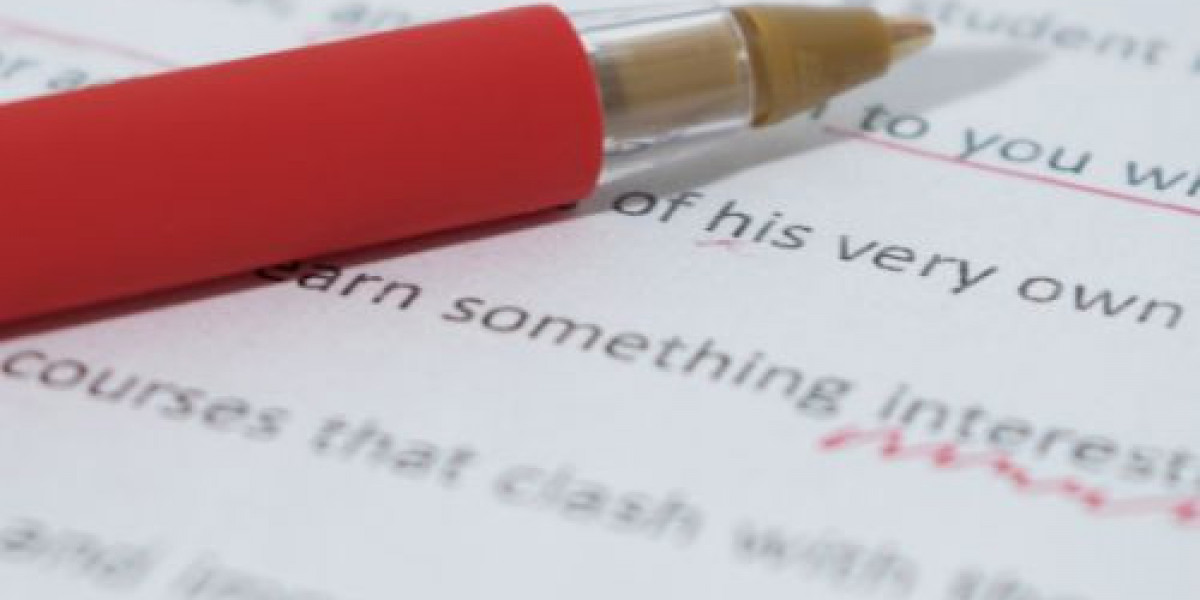Indeed, writing is itself a difficult work for students. Yet what makes things more complicated for them is keeping their work error-free. Thus, they often have a main question: how can I edit my paper without effort? Writing is a skill that requires the growth and presentation of ideas in addition to their original output.
The process of self-editing is an essential component. Learning how to edit the work independently is an essential skill that can help you. Besides, you reach new heights in framing creative content. Be it putting together a report, working on essays, or any other writing activity.
So, if you are also stuck on how I should edit my documents, this article will be a great guide for you. It mentions some top ways that will give you insights into how to edit your content to build quality. Here you go!
Know the Value of Self-Editing!
Before you start exploring the details of self-editing, it is essential to understand the importance of this skill. Since self-editing is a link between the first document and the polished final output, it increases your understanding of your thoughts and ensures that the reader knows what you are trying to say. A carefully edited piece of content shows quality and your effort to produce outstanding work.
The List of Main 7 Ways To Make Your Paper Error-Free!
You need to use careful editing and proofreading to produce content free of mistakes. Here is a deep rundown of the seven primary methods for creating content without errors. They are!
#1. Start with a Fresh Mind!
Initially, as you finish your first draft, you have to avoid the need to start editing. Because when you start your work with a fresh mind, you have a new outlook. If time allows, take a few hours or a day away. You can look at your writing with a better outlook when you have a new start.
#2. Focus on one thing at a time!
If you think editing each part of the work simultaneously, this might become very stressful. Instead of focusing on the complete work of each editing process, you must focus on specific features. As an example, give one pass to sentence structure, one to grammar, and one to overall structure and flow. With this targeted process, you can effectively handle each part.
#3. Remove All the Useless Words!
An ideal delivery of your views requires effectiveness. Try to find and remove the unimportant words in the content during editing. This will ensure every word has a meaning by deleting any sentences that are too long. It increases the impact of your writing while improving the efficiency of your content.
#4. Test the flow!
To keep your writing real, you must be constant with the writing flow. This means you must know the structure, language, and style used. All three of these points need to be the same across the document. You should check that the words, tone, and tense are correctly used. If there are some differences, the readers might lose their attention and make your work less polished.
#5. Take Expert Reviews!
You need to get reviews, a valuable ability in self-editing. So, you must share your assignment help with writing experts who are open to providing a helpful content review. The fresh viewpoints can point out blind spots and give you ideas that might have been overlooked. You have to accept their guidance and use remarks to improve, whether it is a challenging thing like an assignment or another document. Instead of thinking, "How can I get assignment help?" Take help from experts
#6. Use Editing Software!
Another tip that makes self-editing simple is editing software and tools. These sources allow you to make use of the technology to the fullest. The tools like spelling and grammar checkers or standard editing tools can assist with finding common mistakes. But remember that these tools are just methods and should be used in a way other than careful hand editing.
#7. Format it Properly!
You need to check that the information is organized correctly and has no language mistakes. Not only does a properly arranged content look good, but it also adds to the overall quality of it. You need to verify the use of an even font, proper spacing, and paragraph spacing. To improve readability, you have to format the headings and subheadings properly.
Conclusion!
To sum up, how can I edit my paper? You should start with it to get on to the flow. It is good to understand self-editing, as it is a never-ending task that changes with every piece of writing you produce. If you develop this ability, making your writing stand out best is simple. Following these ideas will improve your work and build skills that will benefit you in the coming days. Hence, recall that this self-editing is a combination of creativity and reasoning. You will end with a polished and powerful piece of work.







